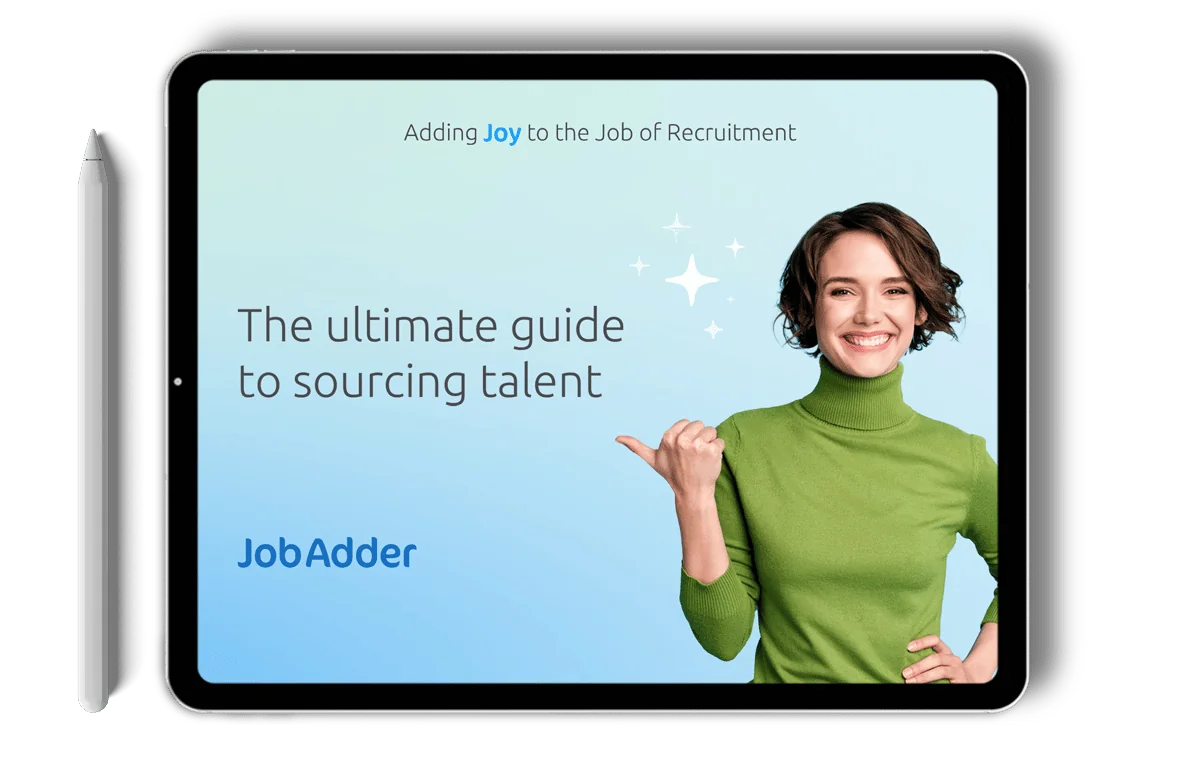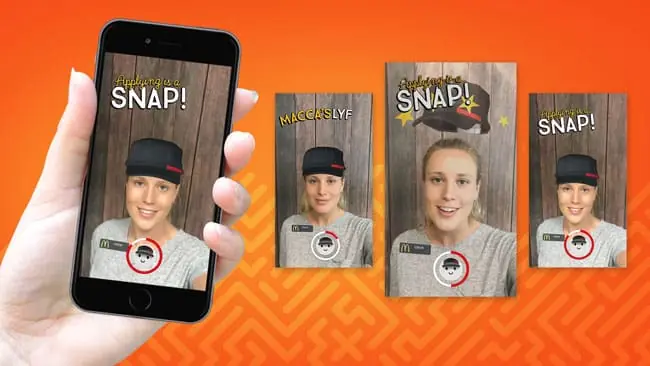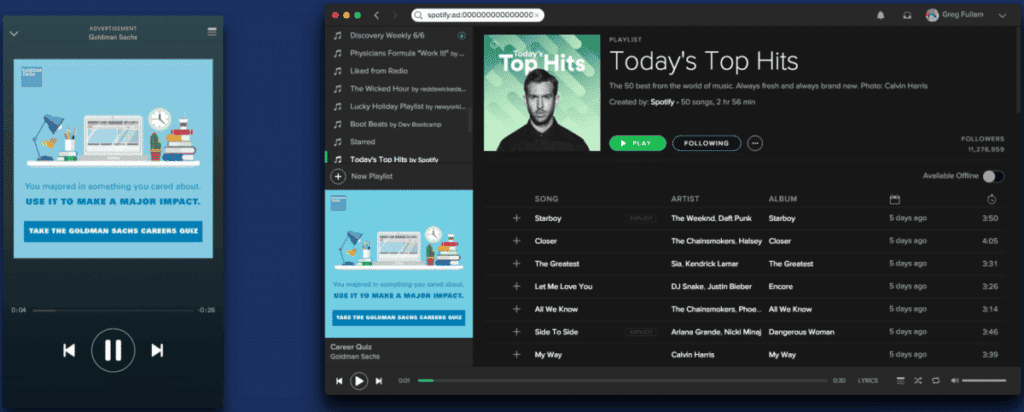Recruitment Blog
21 recruitment strategies to win the war for talent in 2023

Navigating a candidate-short market? Our 2023 recruitment strategies have you covered. Attracting top talent requires more than perks – your employer brand must shine and your approach should be inventive and distinct. In a tech-driven landscape, a seamless candidate experience using automation is vital.
To help you and your team work towards this objective, we’ve pulled together 21 successful recruitment strategies for 2023.
What is a recruitment strategy?
A recruitment strategy is any sort of plan to improve your hiring process to accomplish recruiting goals like:
- Improving job offer acceptance rate
- Reducing new employee turnover rates
- Attracting more qualified candidates
- Streamlining application processes and reducing candidate withdrawals
Recruitment strategies could include a range of improvements, such as:
- Posting on certain job boards
- Refreshing the candidate experience
- Streamlining your application process
- Utilising an applicant tracking system
- Integrating your recruitment software with new tools
FREE DOWNLOAD: The ultimate guide to sourcing talent
21 effective recruitment strategies for improving hiring success in 2023
1. Define quality of hire
Quality of hire, the holy grail of recruitment metrics, is too often relegated to capturing how happy the hiring manager was with the recruiting process. Consider instead measuring the success of your hires over two years in four areas: retention, performance, potential and promotion or pay.
Defining the quality of hire enhances the recruiting process by providing a clear benchmark to measure candidate success. This data-driven approach not only refines candidate selection and functionality assessment but also guides continuous improvement in recruitment strategies for attracting and retaining top talent.
Once this has gained respectable momentum, consider weaving the results into a narrative as former CPO of Netflix Patty McCord did. Her quality of hire mantra? Making great hires is about recognising great matches. What’s yours?
2. Don’t scoff at social media recruiting
Social media recruiting is a great way to expand your company’s talent pool.
Posting job openings on social media, especially with a link to the application, is a great recruiting tool, as even uninterested people may know someone who is a good fit and pass the ad on. Leveraging platforms like LinkedIn, Twitter and Instagram allows companies to tap into a wider pool of top candidates, showcase their employer brand and communicate open roles with the functionality and appeal that resonates in the digital age.
Social media is also a great way to show off your office, current employees and snippets of your workplace culture through regular posting.
3. Offer incentives for employee referrals
In a well-balanced recruitment strategy, employee referrals should account for about 40% of your hires. The benefits are incredible – lower cost per hire, a nice boost to employee morale, and a hire that has an insider view into the positives and negatives of your culture.
ERPS can be used with equal success with hard-to-fill and high-volume roles across your enterprise. The trick is to market it and dedicate resources for administration.
4. Write enticing job descriptions
When writing job descriptions, you should ensure that they are direct and specific, and avoid jargon wherever possible.
Job titles should be free of buzzwords, and the summary of the role should be only a couple of short sentences long, at most.
The bulk of the job description should be made up of bulleted lists, including the hard and soft skills of an ideal candidate, their previous experience and key job duties and responsibilities of the open position.
Clear, engaging descriptions that highlight the role’s impact and align it with your company’s culture and functionality can pique interest, driving a higher calibre of applicants.
The job description should also include information about your company and its work culture, as well as key details about how to proceed with the job application.
5. Get creative with your sourcing
Your brand draws them in, but how are you reaching out? Beyond using LinkedIn Recruiter (which is an amazing tool, right?), try sourcing in unique places. Getting creative with sourcing injects vitality into your recruitment efforts. Exploring diverse channels, like niche job boards and social media, expands your reach for top candidates, enriching your talent pool and enhancing your overall functionality.
Some innovative options include conference speaker lists, app stores (seek out the talent behind the technology) and Quora. What new options can you add to your recruitment strategy?
6. Prioritise hiring internally first
If you haven’t already, make internal hires a key part of your recruitment strategy. Is there someone in your company with an interest in doing the role you’re tasked with filling? Don’t underestimate the power of passion over experience.
Consider turning it into a rotation and you might find that your internal candidate possesses two key advantages: they know your culture and company, yet their alternative background gives them a fresh take on deep-seated business challenges.
7. Hire for culture forward, not culture fit
Hire for culture fit, and you’re awash in a sea of unconscious biases. Think Google in the early days, who hired themselves into an echo chamber of Stanford grads. Instead, ask how each hire can add to the culture in a unique way versus perpetuating the “me too” mentality.
Again, as with quality of hire, it’s important to define what your culture of tomorrow looks like ahead of time versus feeling your way through it on the fly. By valuing diverse perspectives and seeking candidates who contribute to your company’s evolving functionality, you cultivate a dynamic workforce that drives innovation and enriches your organisational culture.
8. Spotlight your best current employees
Brag about your best talent on your company’s social media and career page– it looks great to potential candidates that good work is appreciated.
But don’t stop there. Send those stellar employees out to job fairs, college recruiting events, and any other community event where your company is visible.
Want to get really creative? Take a cue from Deloitte and invite your people to make their own short films about why they work for you. Talk about an authentic recruitment strategy.
9. Go mobile
Yes, ensuring your career page and job application are both mobile-friendly is a well-worn recruitment strategy. But the use of texting for streamlined candidate communication continues to expand.
With candidates increasingly using smartphones, optimising your application process for mobile functionality ensures a seamless experience, capturing the attention of top candidates on the go and boosting your overall recruitment success.
Besides being a response-friendly way to schedule and confirm assessments and interviews, chatbots can also enable you to “text screen” versus spending your time phone screening.
10. Build your employer brand
Too many recruiters, and companies, regard their employer brand as a bland rehash of their corporate mission, vision and values.
Remember that your employer brand is a dynamic relationship and your candidate is the consumer. And while videos, taglines and a colour palette are awesome assets, what happens when the rubber meets the road?
Look at your candidate experience honestly. Because one communication misstep can land your brand a bad review on Glassdoor or Indeed. Not to mention, alienate a candidate permanently.
Need help building your talent pool? Download our ultimate guide to sourcing talent.

11. Monitor your online reviews
Staying on top of candidate and employee comments on the online forums mentioned above will offer you a wealth of information about the authenticity of your recruitment marketing. In my experience, one of the biggest challenges with this task is how to respond.
Talent acquisition professionals are notoriously overworked and crafting a thoughtful response to an online rant may be beyond your capacity. Find a partner in your organisation who can actively support this effort in employer brand building.
12. Utilise virtual reality
Don your goggles. Virtual reality (VR) can be used on a basic level for employer brand touch points such as showing candidates your headquarters, as General Mills did. But it can also be used to offer your candidate real-life insight into a highly technical role.
By immersing candidates in simulated work scenarios and company culture, you showcase your functionality and tech-savviness, captivating top talent and enhancing their engagement with your open roles. Lest you think this is oh-so bleeding-edge, the British Army began using VR recruitment techniques in 2015.
13. Hang out where your candidates are
Passive candidates can be an elusive bunch, often not responding to nudges on LinkedIn. The solution is to meet them where they live online. Amazon’s posting of its AWS jobs on the dating app Tinder is an interesting case in point. Below are some more examples:
McDonald’s and Snapchat
McDonald’s are using the social platform to recruit Gen Z, who, according to SnapChat, access the app 20 times a day.

Goldman Sachs and Spotify
The firm is advertising on the music streaming app, linking back to a career quiz that helps candidates explore the areas of the company best suited to them.

14. Organise a few hiring happy hours
Generate buzz by having a regular hiring happy hour at your office for anyone who is interested in employment at your company. These casual, interactive events provide a platform for potential candidates to experience your company’s culture and functionality firsthand, fostering meaningful connections and attracting engaged and qualified applicants.
Salesforce combines this strategy with its employee referral program with impressive success. A bonus to this approach is that recruiters have the chance to meet with potential talent in a relaxed, fun environment.
15. Reduce candidate stress
Interviews are intimidating in the same way that first dates are. Do your best to make candidates feel at ease.
While you may not want to offer them a drink, be upfront with them from the start and get to know them as people. For instance, let them know how long the interview process will take, how long the entire process will be and every person they’ll meet along the way.
16. Dig around in your ATS
Those great candidates who didn’t work out for a previous role? Keep them in mind for a future fit. Know the capabilities of your ATS (nudge, nudge: we think the JobAdder one is real good) when it comes to searching for specific skills and backgrounds.
Let the technology do the heavy lifting for you, so that you’re freed up for the high-touch aspects of your work. This recruitment strategy is a no-brainer.
17. Train your ATS
Of course, you want technology to screen resumes so you don’t have to. But remember that the choices you make influence how technology works in the future.
Think twice before you inflict your human biases on your trusty machine. Wondering how candidates prepare their resumes to beat the bots? Check out our post on the topic.
18. Keep in touch with previous employees
Some of your best candidates may be previous employees! When someone talented leaves your company, make sure you have a formal strategy to keep in touch.
Check in with them 30-60-90 days and then one year after they’ve left. Send them a hand-written card. Take them to coffee. Are they happy? Is there a new role they’ll be ideal for?
At Microsoft, roughly 15% of their employees have worked there in the past and returned. Consider working with your analytics team to see where your numbers are and create a recruitment strategy to improve them.
19. Ride the silver tsunami
Include your experienced workers in your hiring strategies. Ask top performers to delay their retirement – possibly under slightly different terms – and, most importantly, create some kind of mentoring program.
Pair your older high potentials with your younger new hires. A two-way mentoring/teaching program is likely to boost engagement as well.
19. Cultivate a dream hire pipeline
Red 5 Studios, an app developer, identified “100 dream prospects” and then they spent many months researching, building relationships, assessing and selling them.
This innovative recruitment strategy allowed them to land fully employed top-quality prospects that could never have been successfully hired using traditional active sourcing approaches. Most of the prospects are recommended by internal staff, which helps reduce the number of mis-hires.
20. ABR– Always Be Recruiting
According to (again) Patty McCord, it stands for Always Be Recruiting! This means that if a recruiter is truly a business partner and not an order taker, they inspire every single person in their organisation to also be on the hunt for talent.
This big-picture approach fueled Netflix’s explosive growth and elevated the role of HR. It also sparked creativity and flexibility in hiring practices. So, if you choose to ABR, get ready for an exciting ride.
It’s a fascinating time to be in the talent space. If we work together to evolve our recruitment strategies and practices, we can move away from the war for talent and realise that it’s not about the battleground, but about finding common ground. Sorry for the cheesy parting shot!
Frequently asked questions
What is a recruitment strategy?
A recruitment strategy is a comprehensive plan organisations use to identify, attract and hire new talent for open roles. It involves activities like defining target candidates, crafting compelling job ads and ensuring seamless onboarding to integrate new talent effectively and align with company functionality.
What are the 4 R’s for recruitment?
The 4 R’s—Requisition, Recruitment, Selection, and Onboarding—outline the stages of successful recruiting efforts. A well-coordinated recruiting team ensures smooth execution at each stage, maintaining the organisation’s functionality and integrating new talent seamlessly.
What role does company culture play in shaping recruitment strategies?
Company culture significantly shapes recruitment strategies. It defines values, work environment and functionality. Effective strategies align with culture, attracting candidates who fit well and contribute positively to the organisation’s success.
How can job postings be optimised to attract the right candidates?
Job postings can attract suitable candidates by not only specifying skills and functionality but also reflecting the company’s culture. Language resonating with potential hires and highlighting role impact enhances posting effectiveness, attracting the right candidates for open roles.
How does a well-coordinated recruiting team contribute to successful hiring?
A well-coordinated recruiting team ensures success by collaborating across stages, from defining open roles to assessing candidate functionality. A seamless, positive candidate experience reflects the organisation’s functionality and professionalism, leading to successful hires.
What benefits can niche job boards bring to a startup’s recruitment process?
Niche job boards target specific industries and skills, aligning well with startup cultures and functionality needs. They attract quality candidates, streamlining selection for open roles and increasing the chances of finding new talent that complements startup success.
Enhance your recruiting strategy with JobAdder
While it’s often referred to as the war for talent, it’s important to focus on your own recruitment strategies and candidate experience, not on your competition.
Improve and streamline your own operations, processes and strategies and your candidates and employees will notice the difference.
JobAdder’s recruitment software empowers talent acquisition and HR professionals to engage and retain the right candidates. Find out more now.
Related blog posts

To excel in the competition for top talent, proactive workforce planning is essential. Traditional methods struggle to adapt to evolving …
Ready to get started?
Talk to one of our friendly team members


